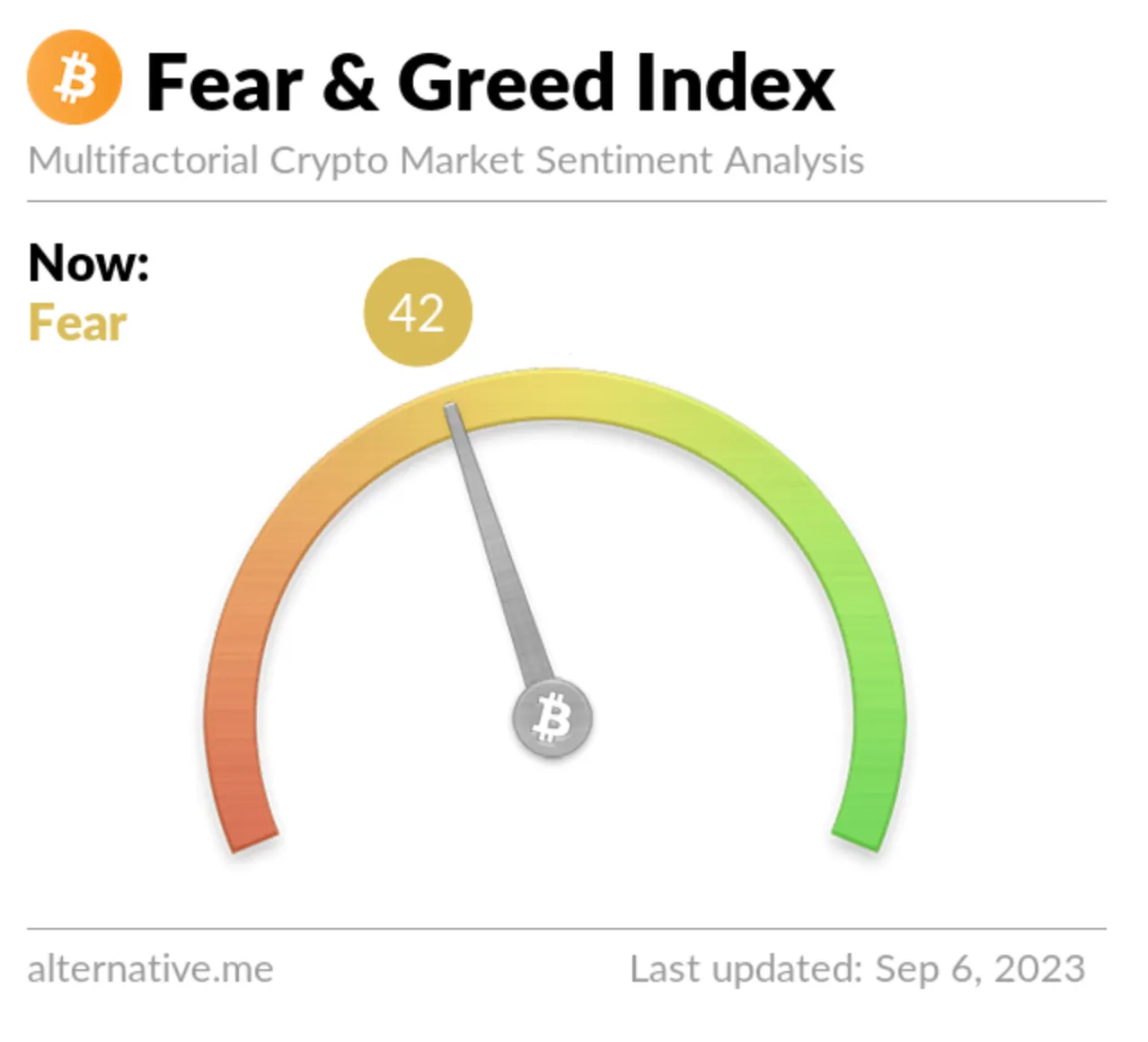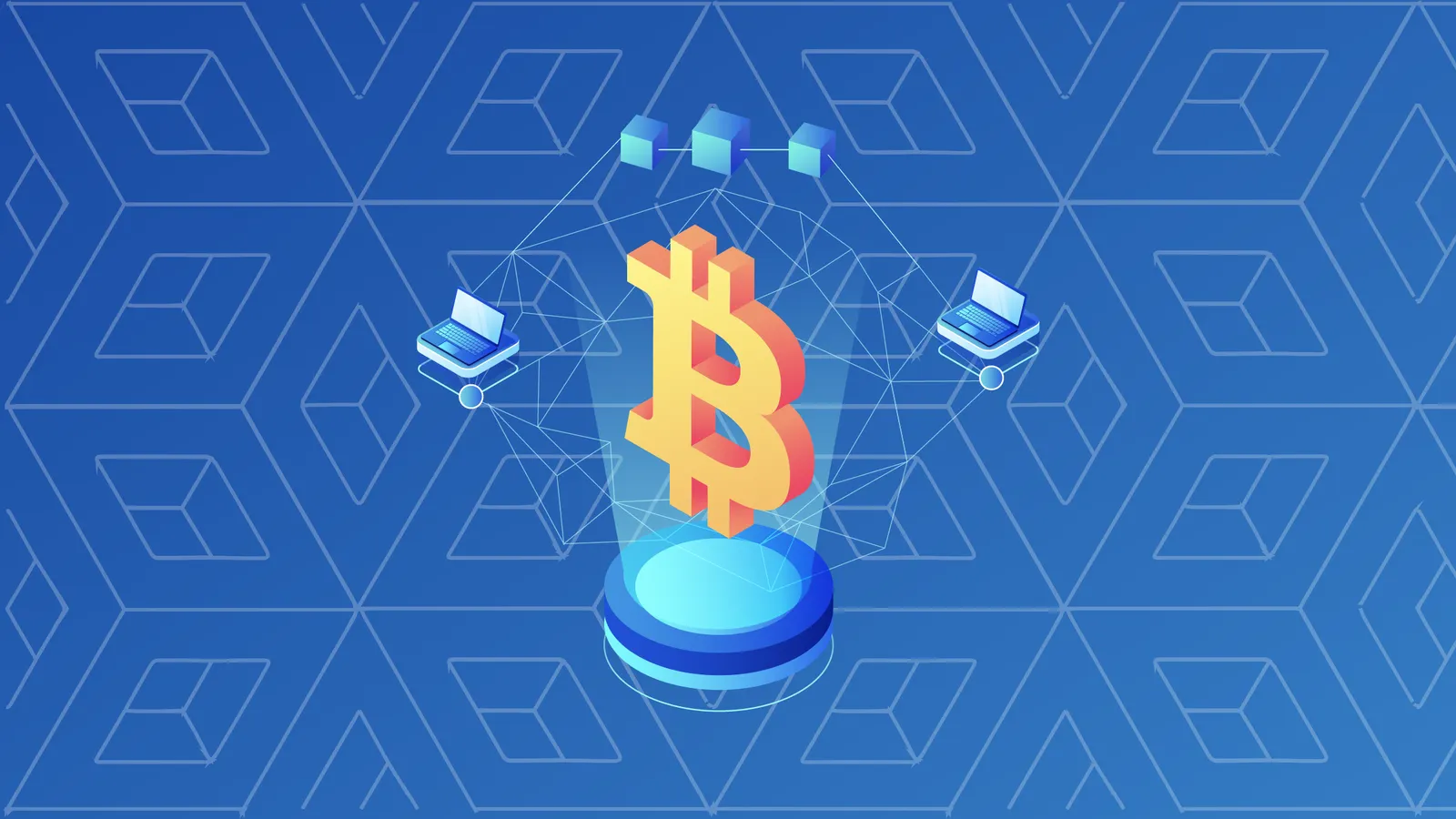In brief
- The Bitcoin Fear and Greed Index is based on the concept that investor fear pushes Bitcoin price down while greed pushes the price higher.
- This metric correlates with the metaphor of a bear (fearful) or bull (greedy) market.
- Investors can get a feel for whether Bitcoin is underpriced or overpriced by using the Index to understand the real-time influence of market mood.
Earn a free on-chain certificate by taking Decrypt U's free course, Bitcoin’s price is ultimately influenced by human emotion, and the Bitcoin Fear and Greed Index is a measure of this investor sentiment. Here, we find out why the Bitcoin Fear and Greed Index can be an important market tool.
In an ideal world, Bitcoin’s price would always reflect its underlying or intrinsic value. In reality, and in the same way as other as other assets, Bitcoin’s price is significantly driven by how investors feel about the market and, ultimately, how investors act in response to their emotions.

Sentiment trends like investor fear or investor greed (equal to bearish or bullish markets, respectively) can push Bitcoin price above or below expectations of value.
You can find the index here.
CNN developed the first Fear and Greed Index in 2011 as a tool for stock market investors. The concept has since been adopted for cryptocurrency. It’s now a useful metric for Bitcoin investors and traders looking for a snapshot of market feeling to aid their decision-making.
How does the Bitcoin Fear and Greed Index work?
The Index itself is a scale from 0 to 100. A value of 1 shows investor sentiment is “extreme fear.” This would be a strong bearish market, indicating Bitcoin owners are selling their assets. In contrast, the scale at 100 dictates “extreme greed,” where investors and traders are enthusiastically buying.
How is the Bitcoin Fear and Greed Index measured?
The Index rating draws from a number of factors, such as Bitcoin volatility, Bitcoin whale activity, trading volume, Bitcoin market dominance, social media and wider media sentiment, and also search engine data.
Bitcoin Fear and Greed Index curators often categorize the numeric values of the scale using the following structure, but some have a fifth, neutral level of sentiment sitting in between “fear” and “greed.”
| Index Level | Market Sentiment |
| 0-24 | Extreme Fear |
| 25-49 | Fear |
| 50-74 | Greed |
| 75-100 | Extreme Greed |
Iterations of the Index can be found at alternative.me, LookIntoBitcoin.com, BitDegree.org, and CoinStats.app with rating history data available as far back as 2018.
Why is the Bitcoin Fear and Greed Index important?
The Index can be used to make buying and selling decisions. Some investors might join the “trend du jour” and follow the market, selling when there is fear and buying when there is greed.
Primarily, the Index is used to reveal the opportunity in the market. Traders can buy Bitcoin when fearful investors sell at a low price and later sell for a much higher price when the Index denotes greed, or high demand.
The volatility of Bitcoin and its alignment with the wider crypto market make the Bitcoin Fear and Greed Index especially useful as a quick gauge.
Fear in the market occurs when Bitcoin owners are doubtful about their investments. For example, if new regulation threatens to stifle the market or an exchange hack results in investor losses.
Greed in the market demonstrates confidence in Bitcoin, and this could be as an asset class or indicate broader confidence in cryptocurrency and blockchain technology. When Elon Musk revealed Tesla’s investment in Bitcoin in February 2021, the Index rocketed to a rating of 92. Conversely, the lowest Index rating to date occurred in March 2020 as COVID-19 fuelled panic spread through conventional and emerging financial markets.
Can you rely on the Bitcoin Fear and Greed Index?
The short answer is no, at least not alone. The Bitcoin Fear and Greed Index is a useful indicator of the emotion driving market sentiment toward Bitcoin in the short term, and it has its limitations.
As we’ve seen, there are a number of Bitcoin fear and greed indexes published by different organizations. There is often little depth to the transparency of how the index ratings are calculated. What’s more, the factors that contribute to the ratings are difficult to quantify, they are subjective in nature. This contrasts with CNN’s stock market Fear and Greed Index, which is based on calculable deviations from the average for metrics of market momentum, stock price strength, stock price breadth, put and call options, junk bond demand, market volatility, and safe haven demand.
Lastly, although some Bitcoin fear and greed indexes are updated up to twice per day, Bitcoin’s price history tells us that substantial market volatility can occur in a few hours or less.
A Bitcoin Fear and Greed Index is an excellent tool for confirming Bitcoin market sentiment, but its best use is in conjunction with other tools, research, and due diligence.


